This coming Monday, the World’s Toughest Foot Race will kick-off. It will see some of the world’s best runners compete against each other, the weather, the terrain, and ultimately against themselves. This race takes place outside of Death Valley. In July. Running 135 miles. HOT! 🙂
Normally, this race, called Badwater, takes runners from the floor of Death Valley to the portals of Mt. Whitney. That is a 135 mile race run by individuals and sorted by crews and takes place in one of the hottest places in the world in the hottest time of the year. In 2010, I crewed and paced for a friend of mine there and developed a tremendous love for the desert as well as an appreciation of what these runners go through. While I was not one of the racers, I did run between 65 – 70 miles of it with him. Even though I was not the actual racer, I did quite a bit of preparation to condition myself for the extremes. I did these things to prepare to participate as a pacer – imagine what the actual racers do for conditioning! With Badwater starting in a couple of days, I thought I would highlight what some of my training looked like going into this incredible race.
None of these things should be undertaken without preparation and a clearance of good health. While this training might sound unorthodox to some, the runners who race this event actually go to greater lengths and have my utmost respect. My training was just to prepare myself to support the real runner.
Training to Participate in the World’s Toughest Foot Race
First of all, there is no shortcut to running in Death Valley. It is hot in the mild times of the year, but to put yourself out there at the hottest time of the year, it is almost too difficult to put into words. When that is combined with sleep depravation, a lot of elevation climbing (three large peaks), and a lot of miles, it makes for some interesting conditions!
Heat
Without a doubt, one of the hardest things to prepare for is the heat. Living in western NY, we got some hot summer days, but not close to what we were going to experience at Death Valley. To compensate for that, I began to find my own “hot” spots. I would take my winter running clothes and a heavy jacket to the sauna at the gym and job slowly (in the very small space!) back and forth for 20 minutes. I would add a couple of minutes each time until I was at 40 minutes. You should have seen some of the looks I got when people walked in! On very hot days outside, I would add the layers once again and (with a heavy winter coat) go out and run up and down hills to create even more stress on myself. I have friends who prepared by running on a treadmill with the vent from their dryer blowing in their face! Even with those changes in gear to simulate hotter running conditions, the first steps I took from mile 17 at Badwater just took my breath away from the heat. It was so, so hot! The temperatures actually reach 130 that day and it certainly felt like it. At one point, I was sitting on the ground to elevate my friend’s legs during a rest break and the hot pavement burned a hole in my seat!
Elevation
Elevation is a much easier thing to train for as most runners incorporate some hill work into their routine any way. The trick was making it be much harder because we would have the different elements coming into play to complicate things. So, we would tie tires around our waists and drag them up hills as fast as we could. After doing that for a couple of weeks, we would go back to the heat training and pile on an extra layer when running.
Sleep Depravation
This is a tough one. It is easy to deprive yourself of sleep, but to be able to be physically moving and be thinking for another person can be difficult. As a crew, our job was to do everything we could so our friend only had to run. That meant thinking for him and, sometimes, ordering him to do some basic things because he was not able to think things through properly (because of his own sleep depravation). We had a plan to have two of us be off every 8 or 9 hours, but we quickly found out that it would not work like that. So, we would grab cat naps in the cars (no A/C because the car would burn out if it was not moving with the A/C on). Still, I wanted to be prepared to go on as little sleep as possible so I worked on that. I would run in the early morning, work all day, spend time with my family at night, and then head back out around 10 or 11PM for 20-25 miles. After I finished, I would come home, sleep for 2 hours, and go back out to run for another 10-15 miles. I would do that once every 11 or 12 days just to allow myself to get rested in between but also to condition my body a bit more as time went on.
Hydration and Walking
It is impossible to go very far in those conditions without hydrating properly from the get-go. Not only are you drinking every few minutes, but we would also put ice-packed bandanas on our head and necks to allow for our bodies to cool a bit. Getting in a routine for that was essential. Another thing to practice, which might sound silly, was walking. It was very important because we were obviously not going to be running Elad the whole 135 miles. There was a lot of walking along the way. That can really wear on your muscles if you are not adequately prepared for it. So, I did a lot of practice walking for several miles just to get those particular muscles in shape for the tough miles. Make no mistake, some of the toughest miles are when your runner says he cannot run anymore and you still have 30 miles to go. If you think about it too much, that starts to look like a very long, boring time. Instead of getting exhausted just from walking, the practice helped the muscles but also helped our patience so that we were able to handle those countless hours of slowly moving in a better headspace.
The Race
To read about the race and report, check this post from the race.
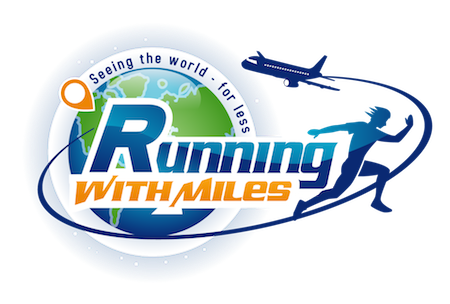
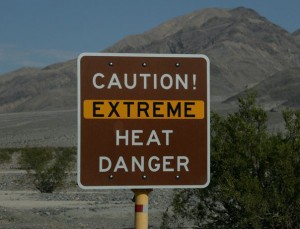
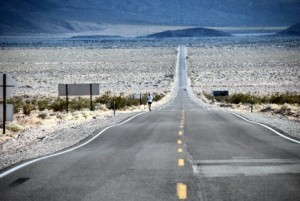
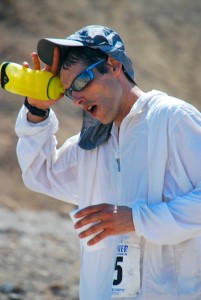
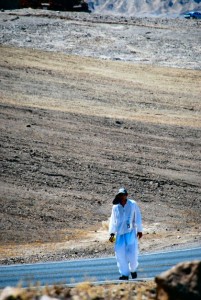





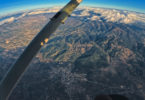

I’ve read about the Badwater Race but never about training for one. This is some intense training. Props to you!
I’ve read about the Badwater Race but never about training for one, even as a pacer. This is some intense training. Props to you!